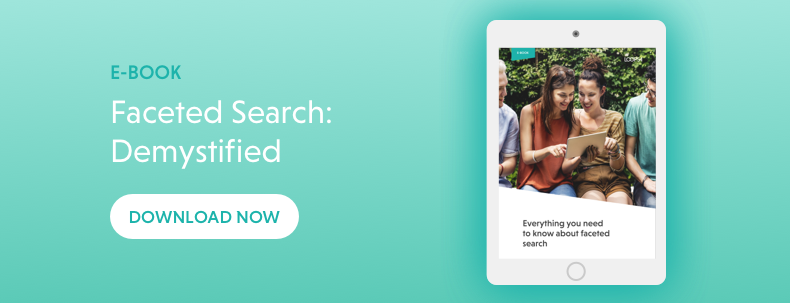There are a number of bars and pubs in the inner-city area where our office is located. After working hours, people from all companies around gravitate towards these places as animals on the savannah gravitate towards the watering hole.
Although there are quite a few options to choose from, I mostly go to this one bar. The reason is simple: They excel in predictive personalisation.
In other pubs or bars, I usually end up with a pint of generic lager. At my favourite place, however, I’m a lot more adventurous. I’m willing to pay double, sometimes triple the price for beers I’ve never heard of before.
But how come I do that?
The Key is Predictive Personalisation – the Skill of Tailoring My Customer Experience Based on Previous Actions and Personal Taste.
The selection of beer is huge at my place, which would scare me under normal circumstances. But when I walk up to the bar, there is always someone who can guide me in the right direction:
“You liked Beer A the last time you were here, right? We still have that, but I would also recommend Beer B and C, which are in the same style and also superb. We also just received a small batch of Beer D. It’s a little pricy, I know, but I think it’s one of the finest drinks ever produced.”
This is predictive personalisation at its best. My previous actions are in focus. Based on what I’ve done before and my personal taste, the barman can predict my customer journey and narrow down my options right away. He knows that I’m probably not interested in 95 % of what’s on the shelves, so why even mention those products.
I get a hassle-free customer journey and end up with something that suits my taste.
When translated to the online world, predictive personalisation is often described as creepy and a bit big brotheresque. “How do they know what I want?” But as we get used to being tracked online, we probably don’t mind this information being used for good customer service. Just like in the bar, most of us enjoy getting great service.
The Problem With Reactive Personalisation
What really annoys us, on the other hand, is less-advanced, reactive personalisation and advertising. If you’ve booked hotel and a plane ticket to, say, Paris, you can be sure to see your browser littered with hotel and airline deals to Paris.
Like, you’re going to buy it again?!
No, the key is to, based on your previous actions, predict your next move. Not to assume that you’re going to repeat what you just did.
In this area, machine learning and automation vastly outperform manual labour. This is how Robin Mellstrand, CEO and co-founder of Loop54, describes it.
“The machine will “learn” about each individual customer over time and use that information to build a robust profile of the customer. The machine can predict what a customer might be interested next based on what it knows about them more generally, even in areas where the consumer has never interacted before” Mellstrand says.
Tests have shown that personalisation has significant impact on conversion. For more info about our tools and how we work with tailoring each individual customer’s journey on your website, read our guide to personalisation.
Chances are that you can take advantage of complex data to meet your customers’ demands and provide them with a great, tailored user experience.



